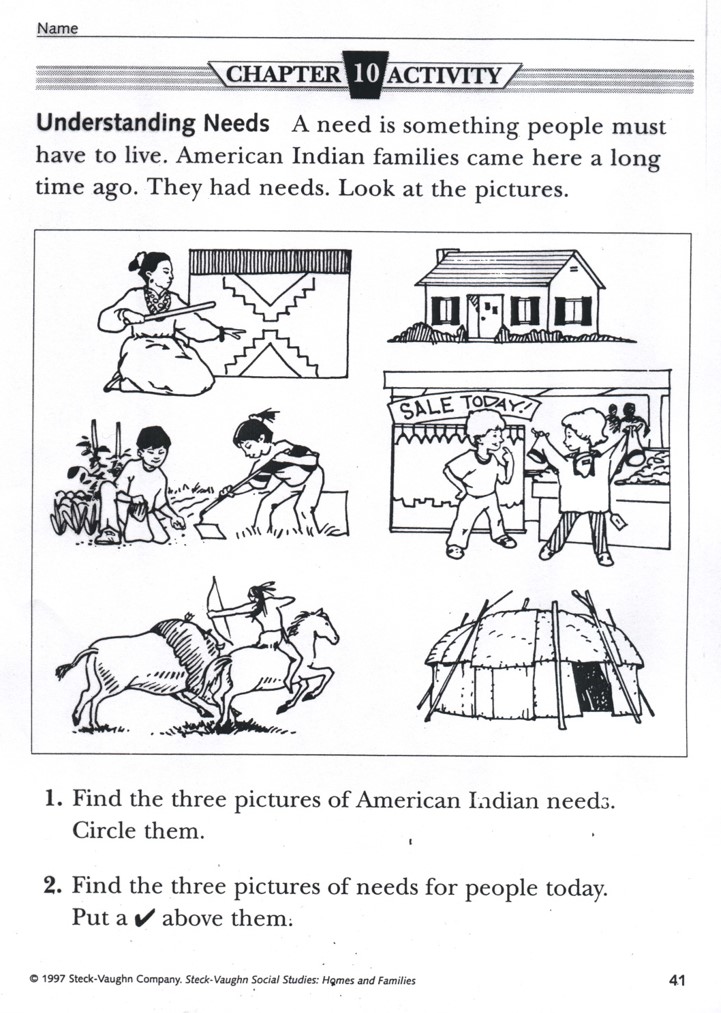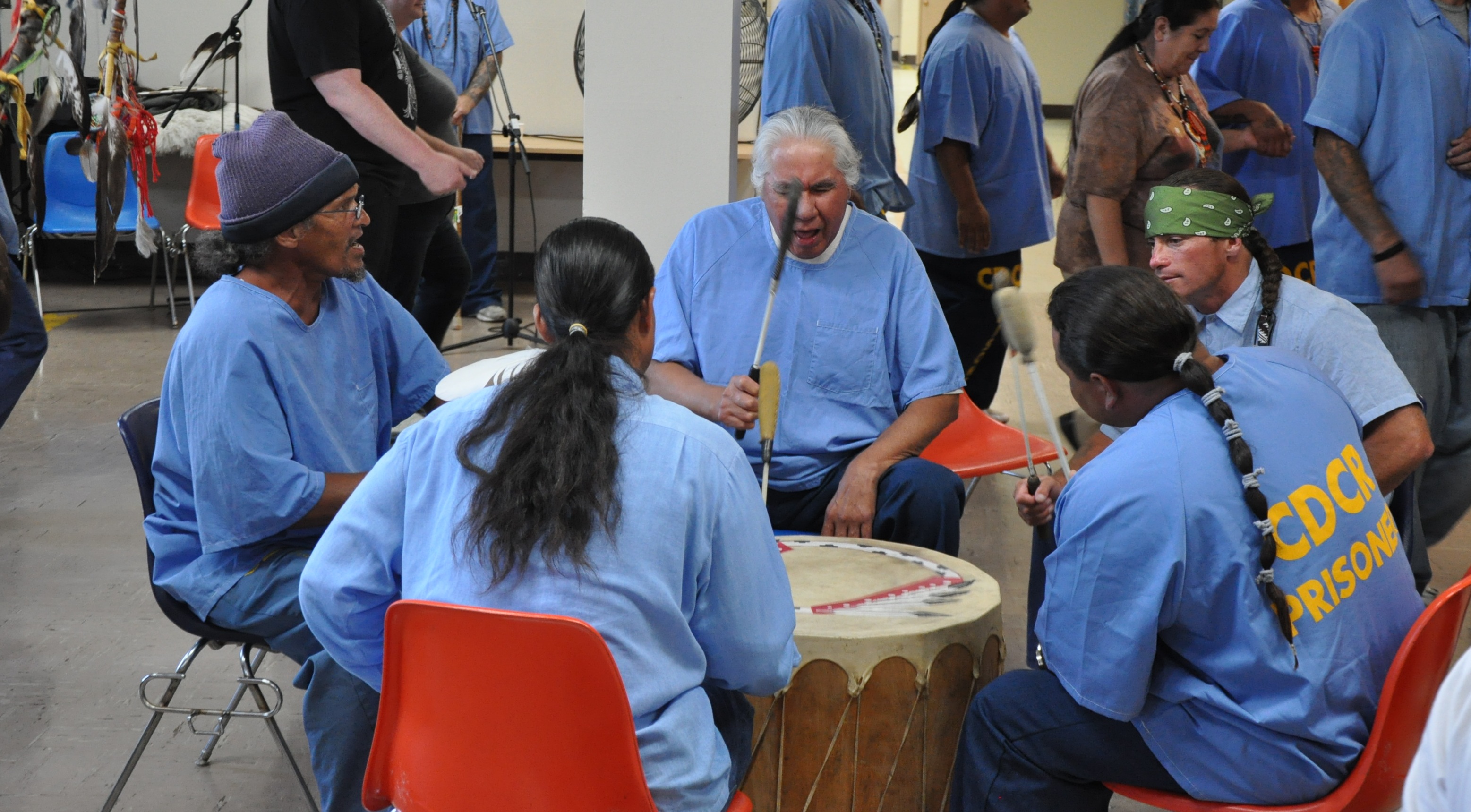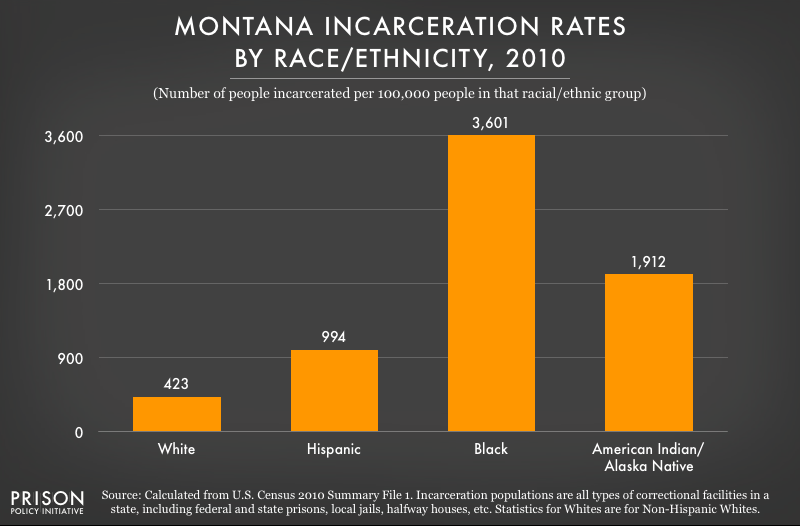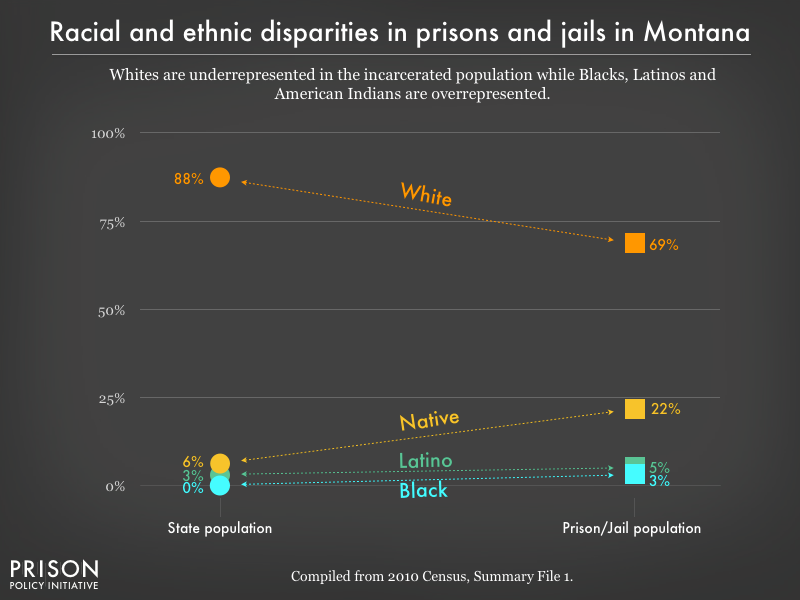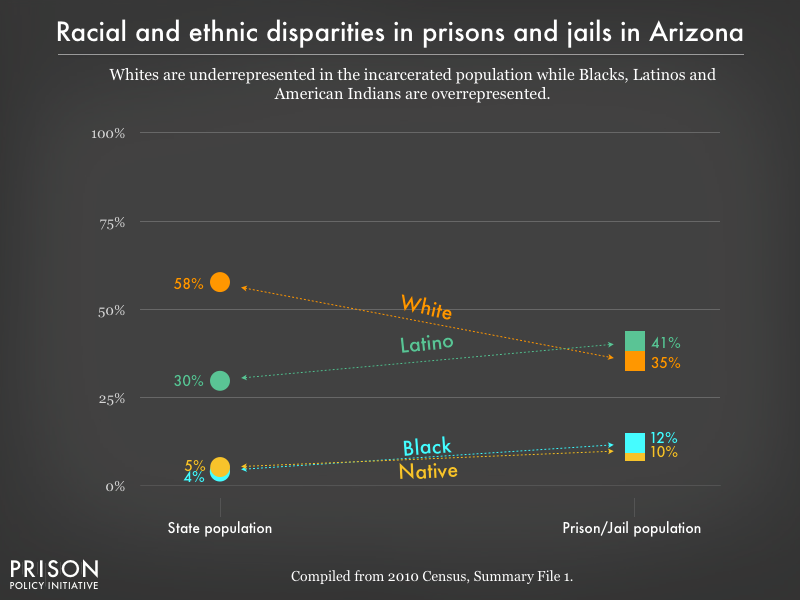I know that teaching elementary school is a difficult job, and that is why I am pretty forgiving about some of the mistakes that teachers make. We all get things wrong once in a while. If no malice is involved, let’s fix the problem and move on.
The Census Bureau, of all agencies, produced a lesson plan on “Native American Dwellings.” It is part of a program called, apparently, “Classrooms Powered by Census Data.”
This particular plan is geared toward children in second- and third-grade. Students who achieve the learning outcomes “will be able to observe differences among three types of Native American dwellings,” write about the differences they observed, and “be able to compare their observations about Native American dwellings to other information about the dwellings.” Mind you, the activity requires that children look at just three types of Native American dwellings–“teepees, pueblo adobe structures, and hogans.” Who used each type of dwelling? Why was it used? From what materials was it made? What, the children will be asked to imagine, was life like in each home?
Students should learn more than they do about Native Americans, but exercises like these are pernicious. The Census Bureau is not alone in producing educational material like this, and it has been going on for a long time. But with so much data at its disposal, certainly the Census Bureau has the ability to do much better.
It focuses exclusively on the Native American past to the exclusion of the present. Students could complete the exercise and realize that Indigenous peoples still exist and that they live in homes very much like theirs.
The Census Bureau does maintain data on Native American housing, down to the level of the percentage of homes that have indoor plumbing and kitchens inside the house. This assignment focuses only upon images of the past.
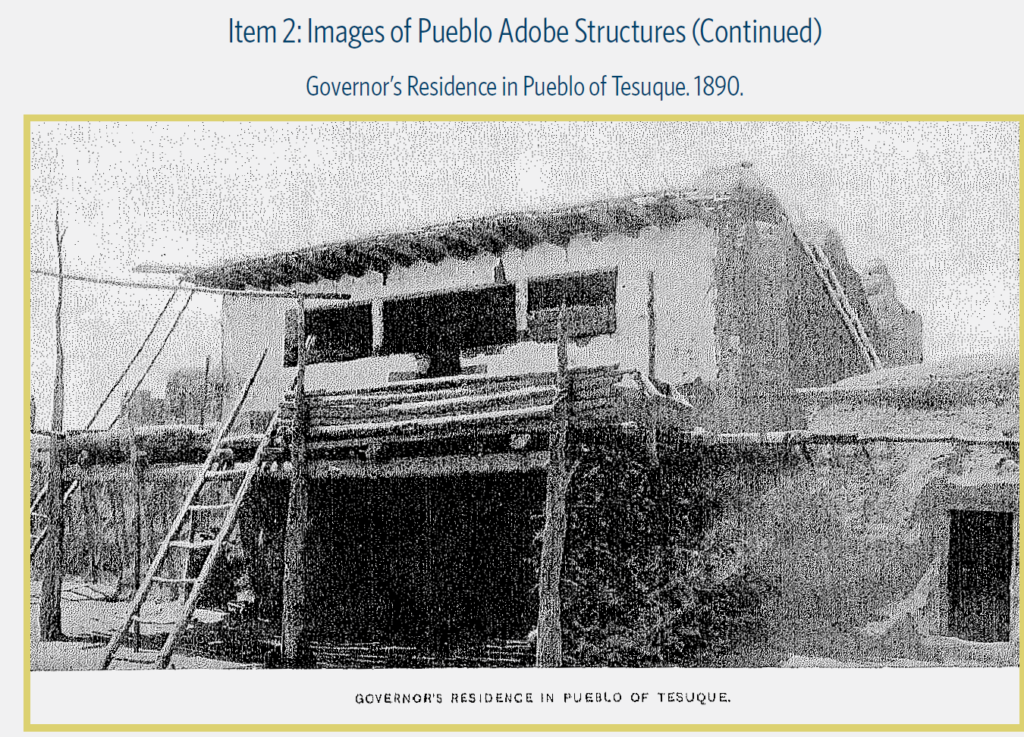
So what?
When educators emphasize images rooting Indigenous peoples in the past, they are aiding in erasure of Indigenous peoples in the present. And if they are part of the past, it becomes easier to dismiss the legitimate claims of native peoples as being out of time and place and, as a consequence, irrelevant. When teachers describe Native peoples to their students as part of the past, they assist, however unwittingly, in making it more difficult for many Americans to recognize the importance of native peoples’ calls for justice today.


